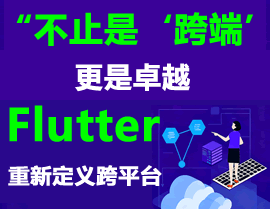在UniApp中解决Android手机顶部安全区域适配问题,可通过以下方法实现:
1. 使用CSS环境变量
.page {
padding-top: constant(safe-area-inset-top); /* 兼容iOS 11.0-11.2 */
padding-top: env(safe-area-inset-top); /* 兼容iOS 11.2+ 和现代Android */
}
2. 通过JS动态计算状态栏高度
// 在页面onLoad或Vue的mounted中
const { statusBarHeight } = uni.getSystemInfoSync()
this.statusBarHeight = statusBarHeight
// 在模板中使用
<view :style="{ paddingTop: statusBarHeight + 'px' }">
<!-- 页面内容 -->
</view>
3. 条件编译处理平台差异
// #ifdef APP-PLUS
const { statusBarHeight } = uni.getSystemInfoSync()
this.customBarHeight = statusBarHeight
// #endif
4. 使用uni.addSafeAreaInsets监听安全区域变化
uni.onWindowResize((res) => {
if (res.deviceOrientation === 'landscape') {
// 横屏时重新计算安全区域
}
})
注意事项:
- 部分Android机型需要单独适配
- 全面屏设备需要额外关注底部安全区域
- 建议同时处理横竖屏切换的情况
推荐优先使用CSS方案,若需精确控制可使用JS方案。实际开发中建议结合条件编译针对不同平台做差异化处理。







